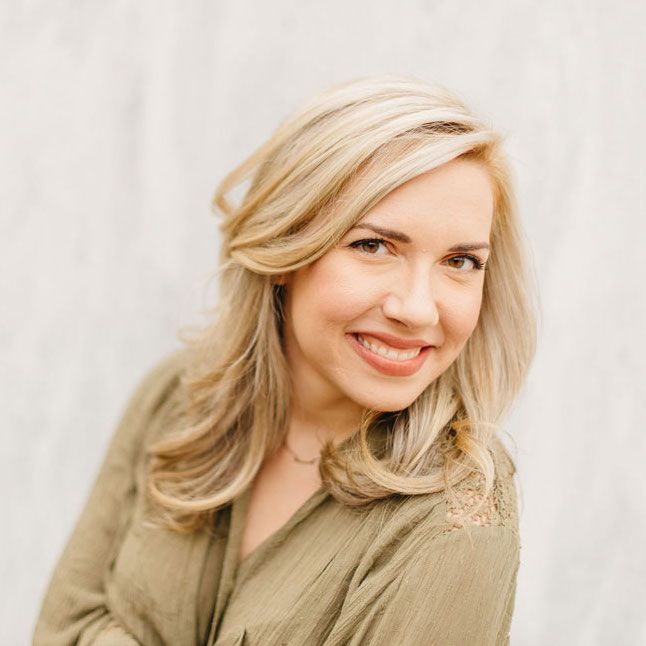How to Automate Your Entire Financial Life
If managing your money isn’t your idea of fun, automating your finances is one of the best things you can do.
The goal of automating your financial life is to minimize the effort needed to manage your finances. Several banks and lenders make it easy to set transfers and payments on autopilot. So, there’s no reason for you to have to handle your key money moves manually.
To be fair, complete automation may not always be possible. But we’ve put together a list of ideas to help you get started and to simplify your finances and achieve your goals.
Income
Direct deposit is a payment method used by many employers. But if you work for a small business owner, you may still get paid by check.
If this the case, encourage your employer to make the switch. There are plenty of inexpensive payroll services, such as Gusto and OnPay. These services can simplify your employer’s payroll process. They’ll also save you the time it takes to deposit your paycheck manually.
If you can’t convince your employer to make the change, use the mobile deposit feature on your bank’s app. That way, you can avoid having to drive to the local branch to deposit it in person.
Retirement Savings
Many people find it to be a struggle to save for retirement. If you belong to that group, setting up automatic contributions — even if it’s small — can help you develop the habit.
Employer-sponsored plans
If your employer offers a retirement plan, such as a 401(k), 403(b), 457 or Thrift Savings Plan, set up automatic contributions from your paycheck.
If your employer offers a contribution match, you’ll even get a nice boost to your retirement savings.
You can even request that your employer automatically increase your contributions each year.
Individual retirement accounts
If you save in an individual retirement account (IRA), decide how much you want to save each month and set up recurring contributions.
For example, in 2020 and 2021, the maximum you can contribute to an IRA for the year is $6,000 — although, you can add another $1,000 if you’re age 50 and over.
So, if you want to max out your IRA contributions, that’s a monthly contribution of $458.33. Set up automatic contributions for this amount each month and you don’t have to think about it again
Investment strategy
Regardless of where you’re putting money for retirement, you can go one step further. Pick an investment strategy that requires less work on your part.
For example, robo-advisors, such as Betterment and Wealthfront, ask you a few questions when you open your account. Then they manage your investments using a computer algorithm going forward.
Robo-advisors aren’t always available for employer-sponsored retirement accounts, however. In that case, consider investing in a target-date mutual fund.
These funds are tied to a specific year around which you might want to retire. Then the fund manager tailors the investments in the fund based on that time horizon.
So, let’s say you have a target-date fund with a target year of 2055. The investment options within the fund will start out more aggressive because you have decades to go. Then, over time, they become more conservative as you get closer to retirement. This process saves you from having to make the changes yourself.
Emergency Fund and Other Short-Term Savings
Experts recommend having three to six months’ worth of basic expenses set aside in an emergency fund. But you may also have other short-term savings goals you want to work toward.
Examples include a home down payment, a home improvement project or a vacation.
Ideal Size of an Emergency Fund
| To start... | Ideal goal... | Super safe... |
|---|---|---|
| $1,000 | 3-6 months of essential expenses | 12 months of expenses |
For starters, consider finding a bank that allows you to set up multiple savings accounts. That way, you can have a separate savings account for each savings goal, and it will be easier to track how you’re doing with each goal.
Then, consider two different ways you can automate your savings for each of your goals:
Automatic transfers from checking
Most banks will allow you to set up recurring transfers between your checking and savings accounts. Set up a separate transfer for each of your savings goals so that you don’t have to do it manually every month.

I’m a big proponent of automatic saving apps to help me save even more than I automate each month.
It’s easy because it’s mindless and I think it is one of the simplest things people can do to build up a safety net.
Partial direct deposits
If your employer allows it, you may be able to split your paycheck into more than one bank account. Depending on how your payroll is set up, though, it may not be easy.
Some payroll services allow you to add multiple bank accounts through your online account. Others, however, require that you go through your payroll manager, which can take longer.
Monthly Bills
Paying your monthly bills automatically can get complicated if you don’t do it right. Here are five things to do to simplify your bill payments without messing up.
Set up autopay on everything
Lenders make it easy to set up automatic payments. For them, on-time payments are a good indicator that you won’t default on your loan or credit card debt.
Make it a point to schedule your payments on or shortly after payday so you’ll always have enough cash in your checking account to satisfy your bills.
In some cases, automatic payments will do more for you than just make your life easier. Some lenders offer interest rate discounts to borrowers who set up automatic payments.
Have a buffer in your checking account
Even if you have your payments set to go out on or shortly after payday, keep at least a few hundred dollars in your checking account. This cash can act as a safety net in case you forget about a bill or one is higher than you expected.
The last thing you want is to deal with an overdraft fee from your bank because your balance goes negative. Or worse, a late or returned payment fee from the lender, which can also affect your credit score.
Get rid of unnecessary credit accounts
If you have one or more credit cards that you don’t use, it could overcomplicate your money management. You’ll save time and energy by getting rid of them. And if they charge an annual fee, you could also save money.
Just keep in mind that closing a credit card account can hurt your credit. That’s especially the case if you already have a shaky credit history or you have high balances on your other credit cards.
But if your overall credit profile is strong and you don’t have high balances on your other credit cards, the impact would be negligible.
Don’t forget other recurring bills
Some of your bills, including insurance and membership fees, may be set up on a quarterly, semi-annual or annual billing schedule.
So, make sure you know which bills are due in the current and upcoming month and make sure that you have enough in your checking account to cover them.
Check statements
While this part of the process can’t be automated, it’s important to do so that you can check for any discrepancies in the bill amounts. It’s also a good way to spot fraudulent transactions on a credit card if the card issuer didn’t catch it.
Ideally, you would do e-statements to cut out the paper and get an email whenever your statements are ready. But getting paper statements in the mail may encourage you to review them. Choose whichever option works best for you.
Tracking Your Money
Several money management tools can help you keep track of where your money is coming from and going without a lot of ongoing effort on your part.
Budgeting software
Budgeting apps like Mint and You Need a Budget make it possible to view all of your transactions across all of your accounts in one place. What’s more, some have direct import features. This tool automatically keep you updated when new transactions come through.
Of course, you’d still need to categorize each purchase so that it fits in your budget. But you won’t have to log in to each different account and update the transactions yourself.
Account alerts
It’s also a good idea to consider adding alerts on your checking and credit card accounts that notify you of any unusual activity.
For example, if someone steals your credit card number, they’ll likely make as many large purchases as possible before they get caught. So, you can request that the credit card issuer alert you every time there’s a transaction above $100.
Conclusion
Automating your finances is one of the best things you can do to achieve your financial goals. Setting up monthly savings goals means you only have to think about it once instead of deciding each month whether to save.
Also, setting up automatic monthly payments for your bills can help you avoid late payments and keep your creditors happy.
Finally, the whole process gives you more time to spend doing other things that are more important to you.

